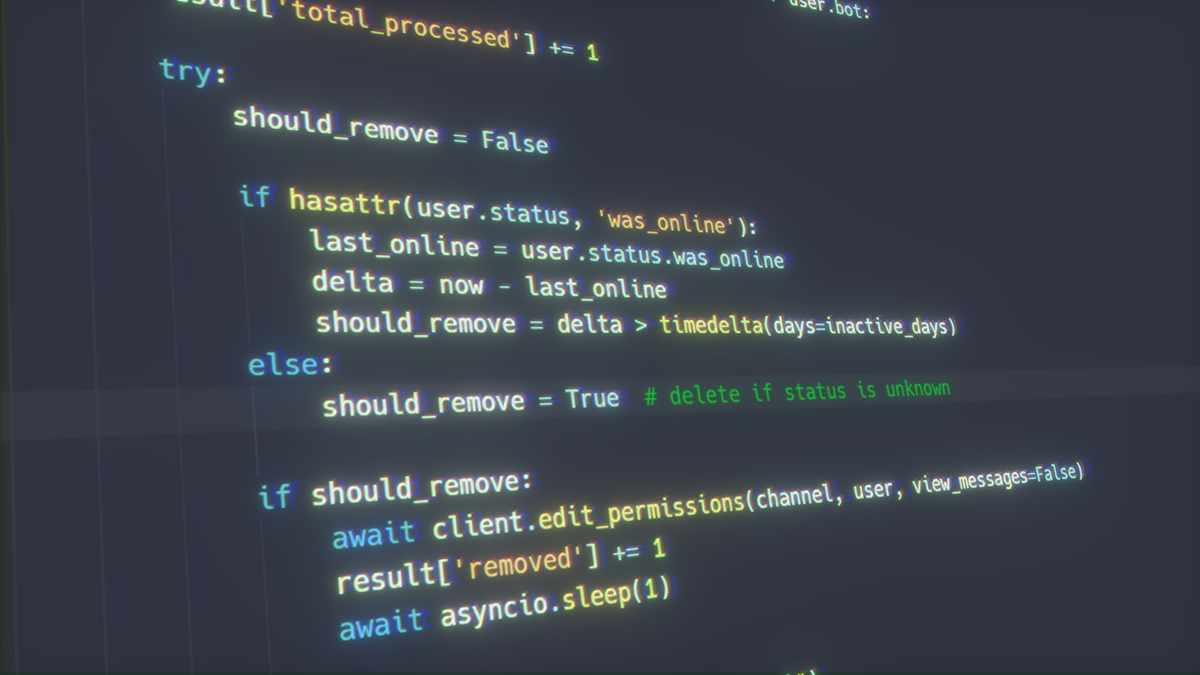Python subprocess: Popen, check_call, check_output Explained
The main difference between the 'subprocess.Popen()', 'subprocess.check_call()', and 'subprocess.check_output()' methods is how they handle the command execution and return values.
'subprocess.Popen()' creates a new process to run the command and returns a Popen object that can be used to communicate with the process, retrieve its return code, and handle its input/output. This method is useful when you need to perform more complex operations, such as interacting with the process in real-time or handling multiple subprocesses.
'subprocess.check_call()' is a simpler method that runs the command and waits for it to complete. If the command returns a non-zero exit code, it raises a CalledProcessError exception. This method is useful when you only need to run a command and check if it succeeded or failed.
'subprocess.check_output()' is similar to 'check_call()', but it also captures the output of the command and returns it as a byte string. If the command returns a non-zero exit code, it raises a CalledProcessError exception. This method is useful when you need to capture the output of a command and process it further.

原文地址: https://www.cveoy.top/t/topic/nwLg 著作权归作者所有。请勿转载和采集!